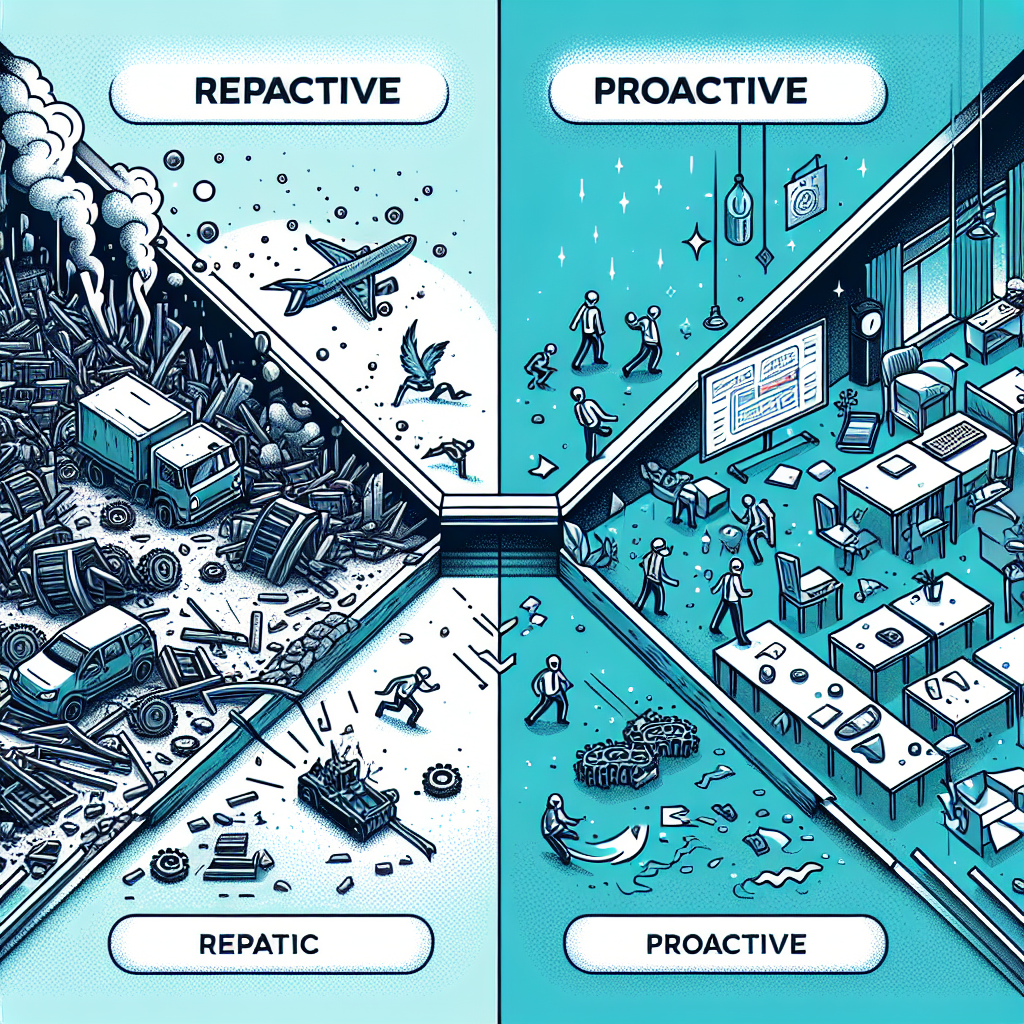In the world of maintenance management, there are typically three main approaches that organizations can take: reactive, proactive, and preventive. While reactive maintenance involves fixing equipment only when it breaks down, and proactive maintenance involves regularly scheduled inspections and repairs, preventive maintenance takes things a step further by focusing on preventing breakdowns before they occur.
Transitioning from a reactive to a preventive maintenance approach can have numerous benefits for organizations, including increased equipment reliability, reduced downtime, and lower maintenance costs in the long run. By implementing a preventive maintenance program, organizations can identify potential issues before they become major problems, leading to fewer unexpected breakdowns and repairs.
One of the key components of a preventive maintenance approach is the use of data and analytics to predict when equipment is likely to fail. By collecting and analyzing data on equipment performance and historical maintenance records, organizations can identify patterns and trends that can help them predict when maintenance is needed. This allows maintenance teams to schedule maintenance tasks at optimal times, reducing the risk of unexpected breakdowns and minimizing downtime.
Another important aspect of preventive maintenance is the use of condition monitoring techniques, such as vibration analysis, infrared thermography, and oil analysis. These techniques allow organizations to monitor the condition of equipment in real-time and detect early signs of potential issues. By proactively monitoring equipment condition, organizations can address problems before they escalate, leading to improved equipment reliability and reduced maintenance costs.
In addition to using data and condition monitoring techniques, organizations can also benefit from implementing a structured preventive maintenance program that includes regular inspections, scheduled maintenance tasks, and equipment monitoring. By following a consistent maintenance schedule, organizations can ensure that equipment is properly maintained and in good working condition, reducing the risk of unexpected breakdowns and extending the lifespan of equipment.
Overall, transitioning from a reactive to a preventive maintenance approach can have a significant impact on an organization’s operations and bottom line. By focusing on preventing breakdowns before they occur, organizations can improve equipment reliability, reduce downtime, and lower maintenance costs in the long run. With the right tools, techniques, and strategies in place, organizations can make the shift to a preventive maintenance approach and reap the benefits of a more efficient and effective maintenance program.


Leave a Reply